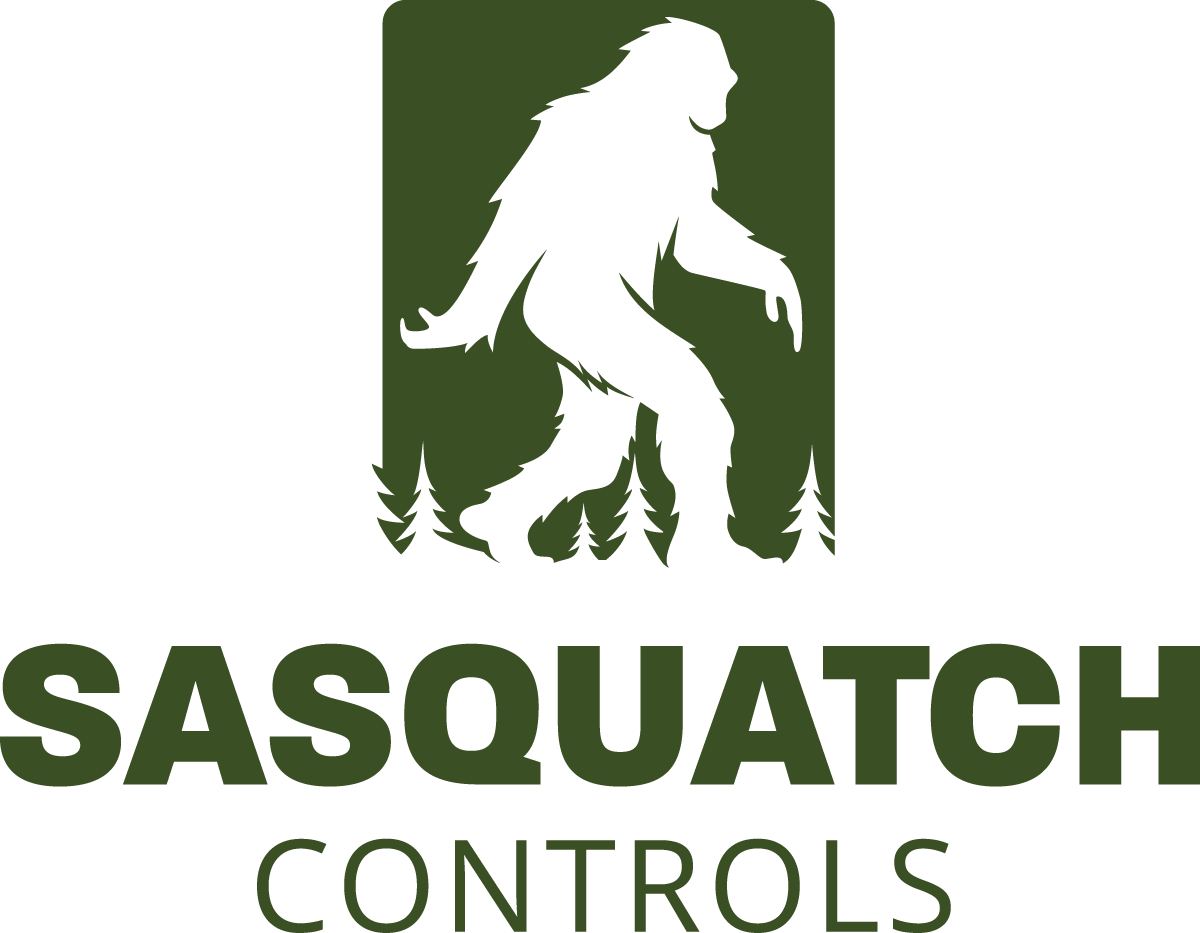By Anna Niu and Krista Goodman
Last updated February 7, 2025
Promoting Your Local Business Online: A Guide for Plumbers and Contractors
As a local business owner, you’re great at building relationships and providing exceptional customer service to those your business serves. Perhaps most of your clientele is built on repeat business and referrals. You provide better products and/or services at a fair price than your competitors, so you haven’t needed to focus much effort on promoting your business online … until now.
Without a web presence, you could be missing out on a huge opportunity to promote your plumbing or contracting business in front of new local customers. The good news is that you don't need to be a digital marketing expert to get started. Developing a digital marketing strategy can help you utilize online marketing methods such as SEO, email marketing, and social media to improve your online visibility, attract more traffic to your website, generate leads, and ultimately increase revenue.
Setting up these core four digital marketing pieces will have you well on your way to establishing web presence so that people searching for services like yours in your area can find you.
Setup a Google Business Profile
“[Google Business Profile] is an online tool that allows businesses and organizations to manage their online presence across Google Search and Google Maps. The purpose of Google My Business is to help local businesses achieve higher visibility for relevant local searches. ” - SEO Chatter
Getting your Google Business Profile page set up and verified is free. It's the fastest method for customers to look up your contact information and physical business location on Google.
Not only will customers be able to locate your business on Google Maps, but you can share important information about your products and/or services.

Your Google Business page will also help your search engine position tremendously and will make it much easier for your customers to find your business online.
Below are some of the other benefits that come with a Google Business Profile:
-
Get into local pack listings (known as the “3-Pack”): Your Google Business Profile makes your business eligible to show up in the three local business listings shown above organic search results
-
Customer reviews: Your Google Business Profile lets customers leave reviews, which improves credibility for your business. It's also a best practice to have a procedure in place for responding to reviews (both good and bad)
-
Photos: According to SEO Chatter, adding photos to your profile can improve brand awareness, increase engagement, and improve trust
-
Free advertising: A well-optimized Google Business Profile is an easy and no cost way to help potential customers find you (and your storefront, if applicable)
- Increased Website Traffic: A prominent Google Business Profile can drive significant traffic to your website, as it provides a direct link and makes it easy for potential customers to learn more about your offerings.
Setup a Basic Website Landing Page
If you don’t have a full website, a landing page could be a helpful and cost-efficient method of gaining traction for your business and increasing your sales.
A landing page is a standalone web page that users are directed to after clicking a link from an ad that can come from an email, a Google web search, or social media. A landing page differs from a full website because it has a single focal point, also known as a “call to action” (CTA). Its simplicity makes it a perfect marketing tool as the CTA increases the conversion rate of your marketing campaign.
Landing pages are typically connected to ads that run through email campaigns, social media, or web searches, and the CTA focal point helps convert a web page visitor to a customer. Often, the focal point is the promotion of an offer – such as a free estimate, free shipping, starting a free trial or subscription, a new customer discount, or even something as small as creating an account – so that potential new customers receive emails and offers from your company. Focal points can also include information you want to send to your landing page visitor, persuading them that your product or service is the best fit for them to ensure that they don’t miss the chance to place an order or schedule a service.
Regardless of where your ad is set up, similar to pay-per-click ads, landing pages should also contain keywords so that when someone searches those keywords, your page shows up.
Landing pages are simple and cost-effective, which makes them an amazing tool for marketing and promoting your products or services.
Run Google Local Search Ads
You don’t need to have a large advertising budget to make pay-per-click ads work for you. Run Google Search ads targeted toward localized long-tail keywords on a budget of your choosing. Google Local Services Ads can be a cost-effective way to appear at the top of Google search results and only pay when receiving new leads.
Google Search ads are shown in the first three to five listings labeled as “Sponsored Content” whenever you perform a web search.

It’s best to target specific long-tail keywords that are related to your business rather than generalized terms. It’s a lot harder, highly competitive, and a lot more expensive to rank for general terms like “Plumbing Services”. Instead choose specific “long-tail” search terms, such as “Plumbing Services in Galveston Texas” or “Galveston Plumber”.
You can target campaigns for specific service types, audiences and/or areas. For example, if you specialize in new plumbing services and emergency services, you might have a different target market for each service type. Or perhaps you are trying to expand awareness in a specific service area (a new location or calls are down in another area).
Lastly, consider running separate ads for mobile. You may want to know whether most of your new business is coming from mobile users who were on the go or if they were on their desktop at home (Did you know that Google makes up over 76% of all mobile search traffic worldwide?). You may wish to allocate most of your budget to users on mobile devices.
Using call tracking software can help measure the results of marketing campaigns and improve customer service.
Establish a Social Media Presence
Over the last decade, social media platforms have become a really powerful tool to promote your business and connect with your customers. The user experience on social media can be extremely unique from person-to-person and it gives you the opportunity to present your brand in your own creative way. Most importantly, you can establish your identity and what sets you apart from your competitors by sharing organic content.
However, social media can be tricky to navigate due to its complicated algorithms. Here are some promising strategies to help you build your social media presence and engagement:
-
Know Your Audience: The most important thing is knowing who your customer is.
- Who do you think would be most interested in what you are promoting? What demographic is the most likely to respond or react to a social media ad or post?
- What channels are they using? You don’t need to be everywhere, just on the channels they’re actually engaging with.
- Build your content in a way that will appeal to your target audience. The content should be relatable to them but also relevant to your products and/or services and your brand.
- People First: You're communicating with people, not robots or computers. Humanizing your content is the ticket to connecting potential customers to your company. This can be done by responding to comments and asking questions to pose conversation or posting content that is relatable and emotional. Not only does this build connections with people on the other side of a screen, but it also lets the algorithm help you. The more engagement you put out, the more that comes your way.
- Think Quality, Not Quantity: What makes content good quality? Good quality can refer to posting high resolution infographics and images; keeping visuals entertaining and information concise. However, good quality content also refers to engagement and relevance. Consider the impression that you want to leave and how you want your audience to feel after viewing your posts. Whether it makes them nod along as they learn something new, laugh at a joke that tickles their serotonin, or swipe away feeling inspired, an impression is what ultimately increases your page’s engagement.
- Use Hashtags: Similar to how you would use keywords for an ad, adding a few hashtags in your caption can also be helpful in gaining new followers. Hashtags work in the same way keywords work for pay-per-click ads. They present the opportunity for your post to reach new audiences. Using relevant hashtags is another way for customers to discover your brand and to bring in new engagement.
- Be Consistent: Lastly, it's always important to remember the significance of consistency and how the algorithm can help you. Making good quality posts regularly guarantees your content to be more memorable for viewers to look forward to your next post, which can increase followers and engagement. Algorithms also tend to favor accounts that are consistent with posting since there is reliable content to send out to other user’s feeds.
Conclusion
You may have built your business clientele primarily through nourishing customer relationships and providing exceptional customer service in-person and over the phone. Without a web presence, you could be missing out on opportunities to promote yourself to new customers. These four core critical elements: a Google Business Profile, a landing page, local Google Search ads, and a social media presence will kickstart your digital marketing strategy. With minimal resources needed to establish a web presence, you're well on your way to helping your customers find you online!
References & Resources
-
“15 Benefits of Google My Business Profile,” SEO Chatter, September 20, 2023
-
“22 Search Engine Statistics, Facts & Trends for 2024,” Cloudwards
-
“Google Ads Tutorial 2024 for Beginners” Aaron Young, Define Digital Academy
-
“What is a Landing Page?,” Unbounce
-
“The Importance of a Social Media Presence for Businesses,” Khanim Hajiyeva, FS Poster





Share:
Understanding How Wastewater Lift Stations Work
What is a Radar Sensor?